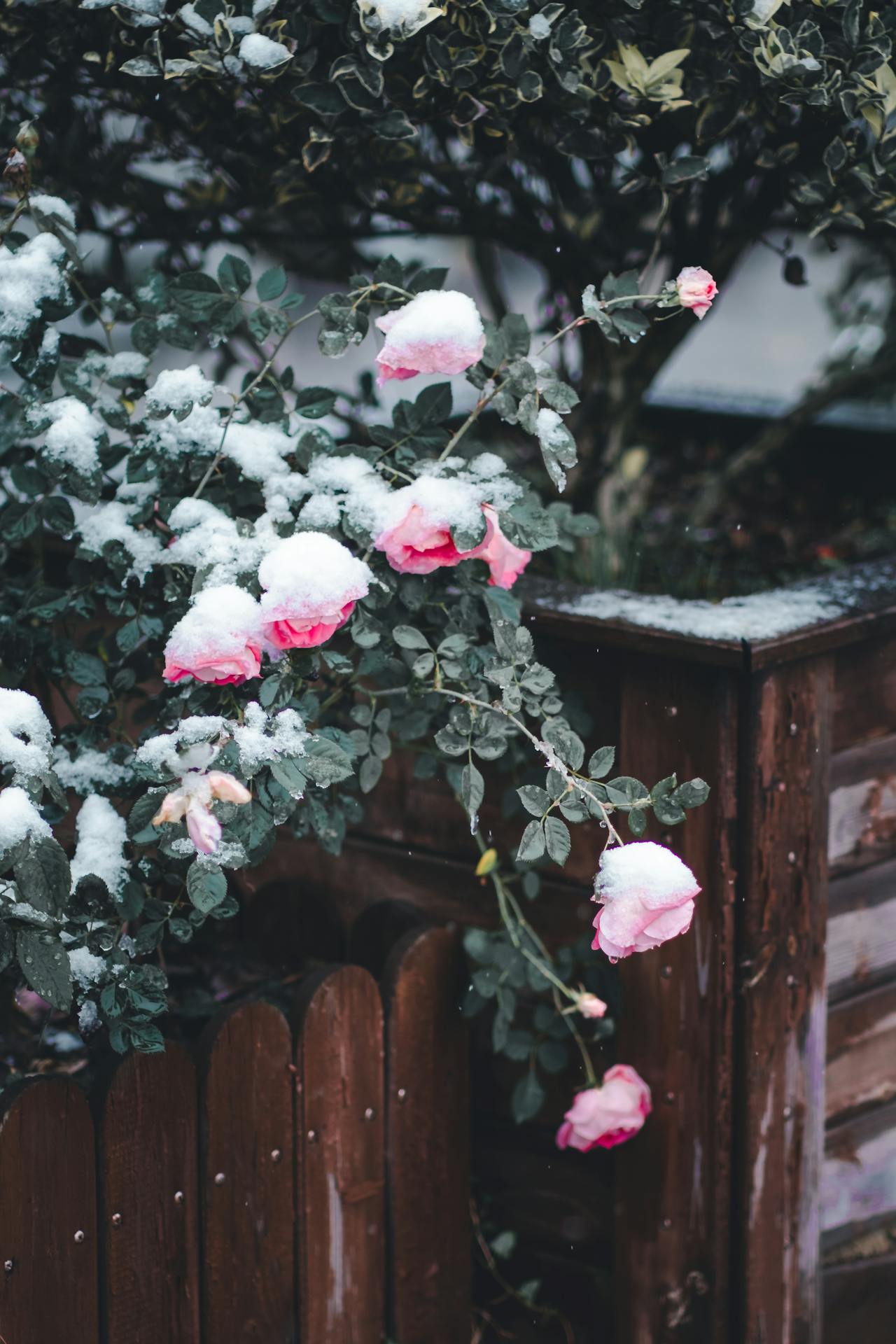As the climate gets colder, the weather changes affect the soil and plants. Some plants go out of season because they grow best in warmer climates and soil conditions. However, there are some plants that can withstand even the harshest winter conditions, like frost.
Not all regions in South Africa experience frost and snow; however, we can hardly predict when frost may possibly fall in your region. It is essential that we prepare our gardens for winter conditions like frost by planting frost-tolerant plants that are frost-tolerant to keep your gardens flourishing during winter frost, hail storms, and snow.
Camellia (Camellia japonica)
Camellia is a flowering shrub that flowers in late fall and mid-spring. It is usually likened to a rose due to its appearance, however, the camellia and roses belong to different plant families. Camellia japonica, known as the common camellia, is a species of flowering plant genus in the family Theaceae. There are thousands of cultivars of camellia in various colours and forms of flowers. This plant can withstand warm and cold weather and thrives
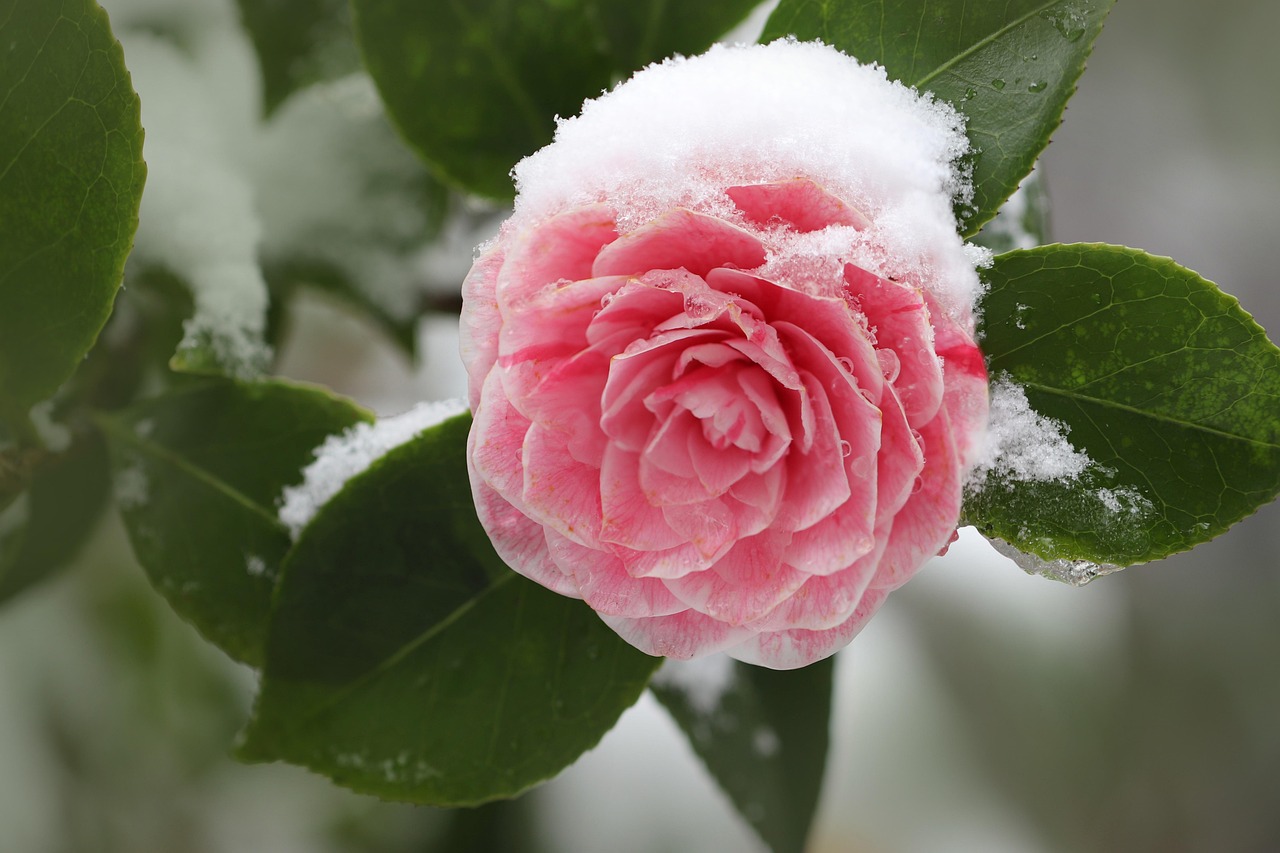
Image credit: Pixabay
Rose burgundy icebergs
Not all rose varieties are frost resistant. It is essential to choose the right variety of roses to plant if you want rose garden flowers that bloom all year round without being severely affected by frost. Burgundy Icebergs thrive in cold winter gardens and temperate climates, growing well in the Western Cape and KwaZulu-Natal, despite being difficult to grow in warm and dry regions.
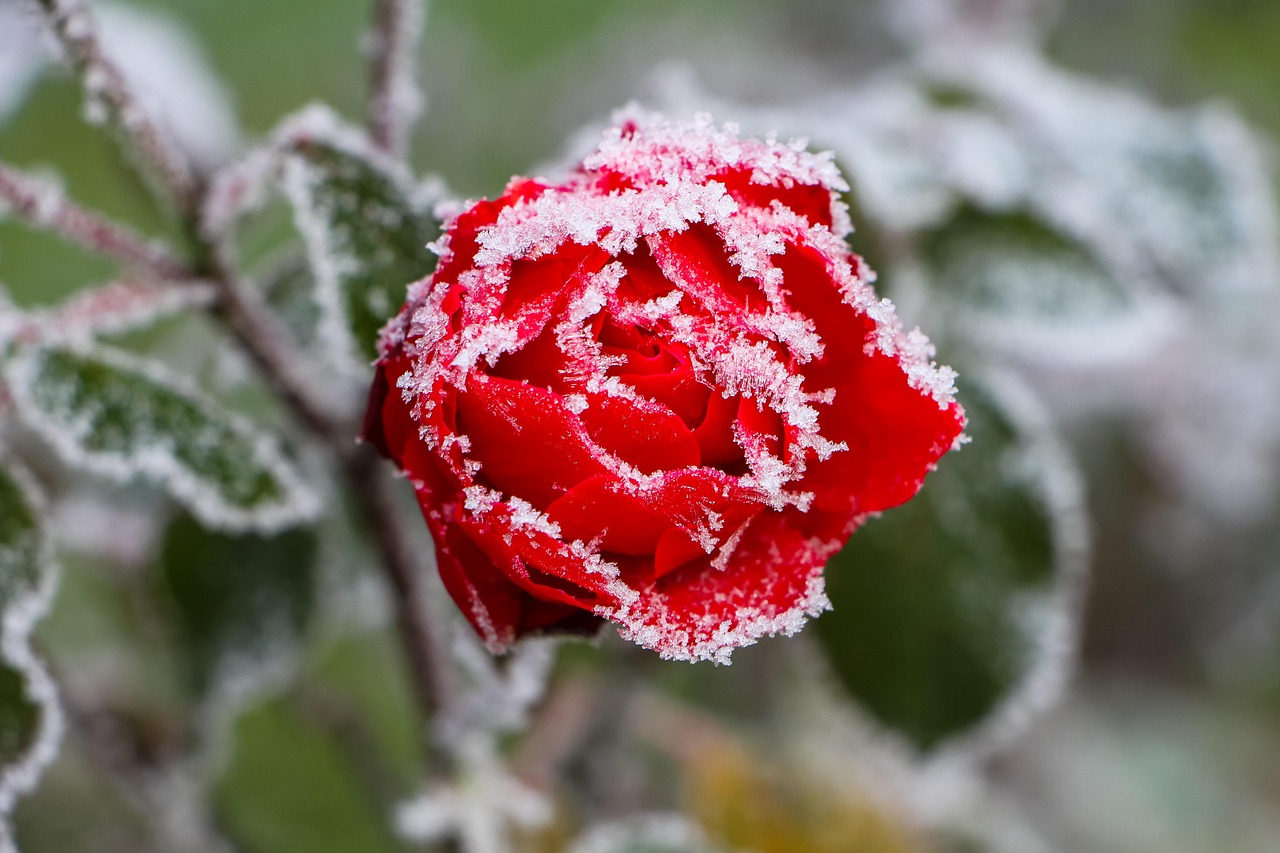
Image credit: Pixabay
Kale
Known as Borecole, kale is a cool-season crop that can withstand several hard frosts, while collards thrive in heat but can withstand temperatures as low as -12 degrees Celsius. This cool crop is nutritious, with leaves rich in calcium, potassium, and Vitamins A and C. This winter vegetable is sweeter when exposed to more frosts, fresh kale is distinct from grocery store produce.
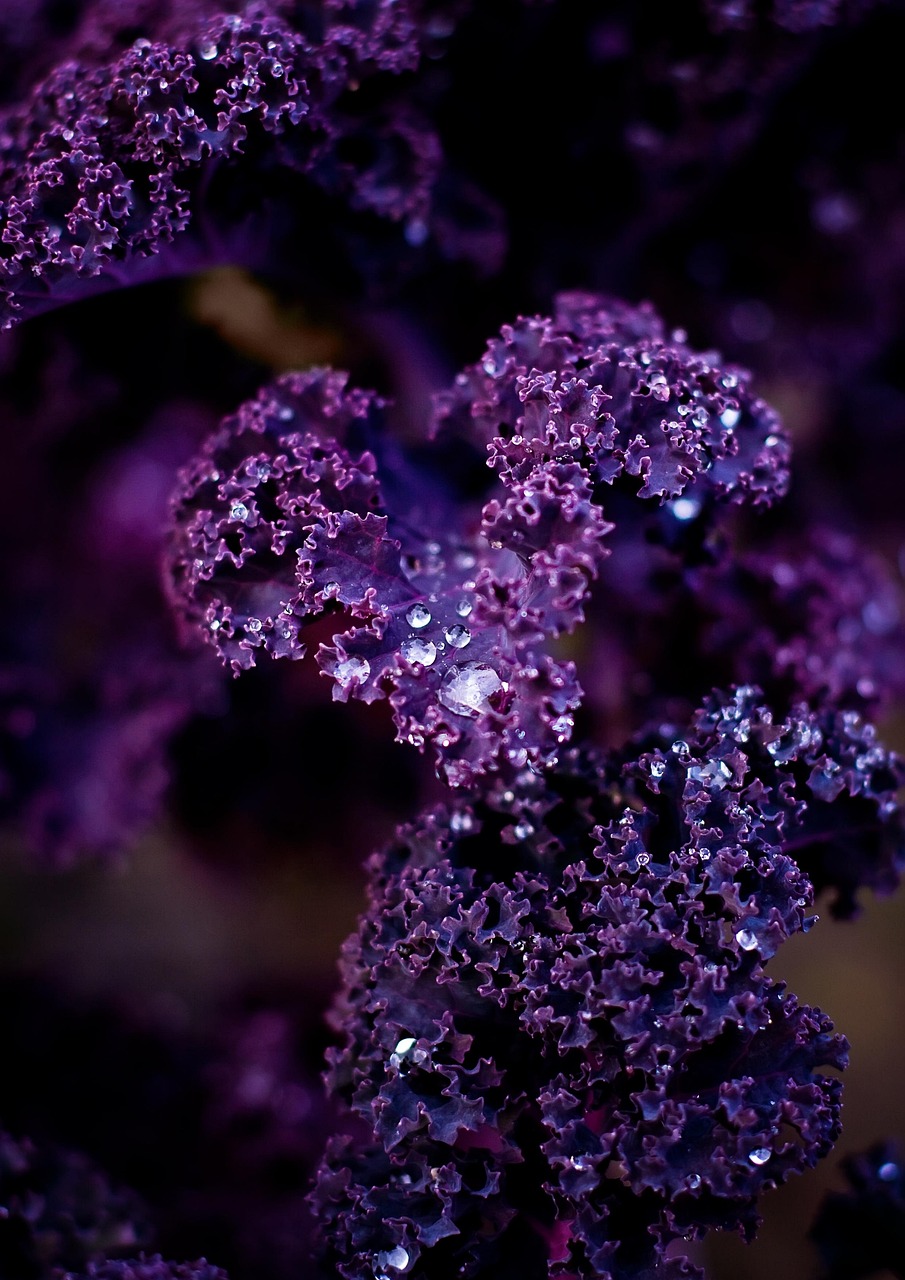
Image credit: Pixabay
Spinach
Spinach is a super–cold-hardy leafy green, is a popular crop that thrives in spring and fall, and even winter in some regions. It requires full sun, 6 weeks of cool weather from seeding to harvest; this is generally spring or fall, though many gardeners have better luck in the fall.
Many gardeners can grow spinach throughout the winter if they protect the young plants with a cold frame or thick mulch, then remove the protection when the soil temperature in their area rises in spring. Remove the mulch to harvest some spinach, then replace the mulch.
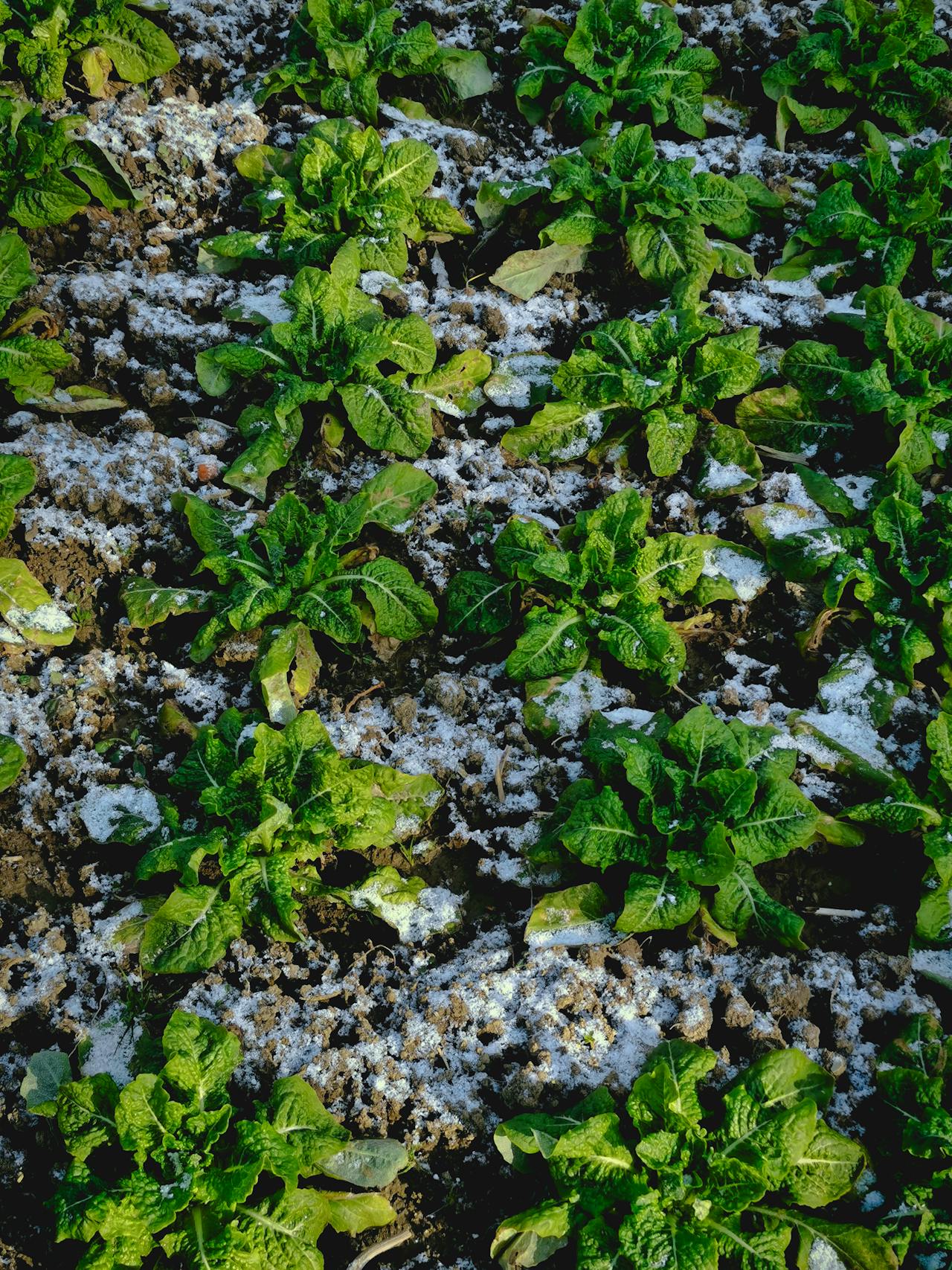
Image credit: Pexels
Other plants that are frost-tolerant:
- Broccoli
- Lettuce
- Rhubarb
- Carrots
- Arugula (rocket)
- Mustard greens
- Parsely
- Cilantro
- Mizuna
Preparing your garden for winter is not just about survival—it’s about ensuring continued growth and beauty even in the coldest months. By choosing frost-tolerant plants and vegetables, you can enjoy a thriving garden even in colder months.
Just as important as plant choice is protection—using coverings to shield delicate crops from frost and applying mulch to keep the soil warm helps maintain healthy root systems and extend your growing season. With the right care and preparation, your garden can stay productive and beautiful throughout winter.
ALSO SEE: WAYS TO MANAGE FROST DAMAGE ON YOUR PLANTS
Featured image: Pexels

